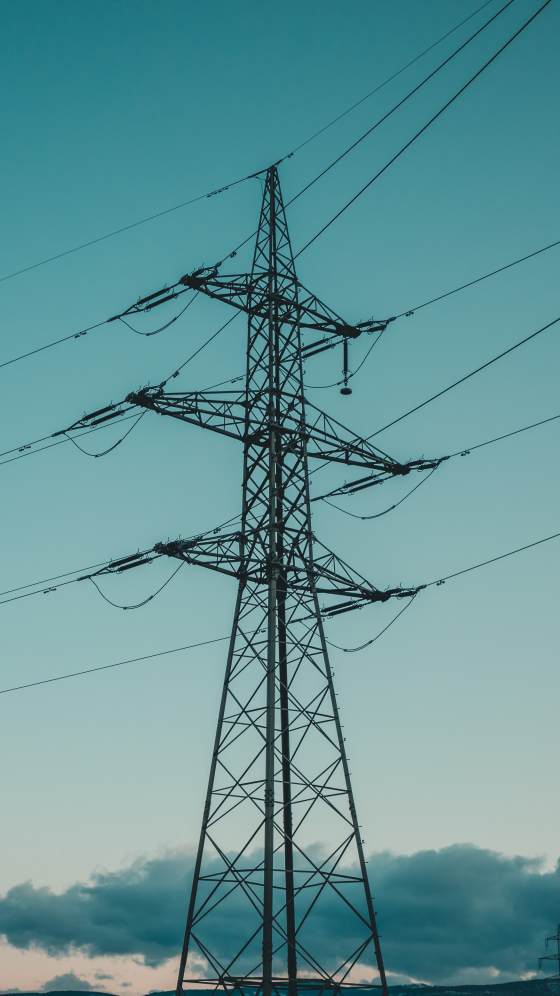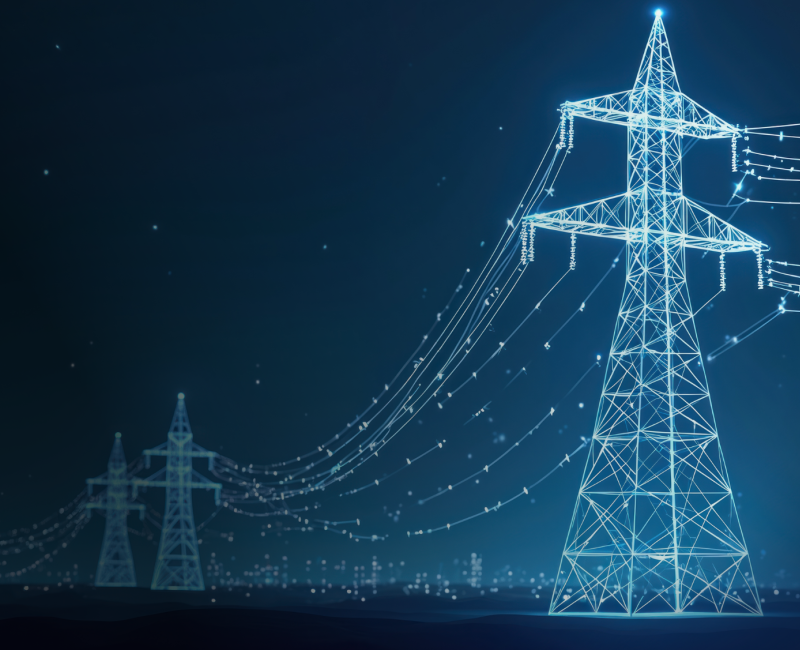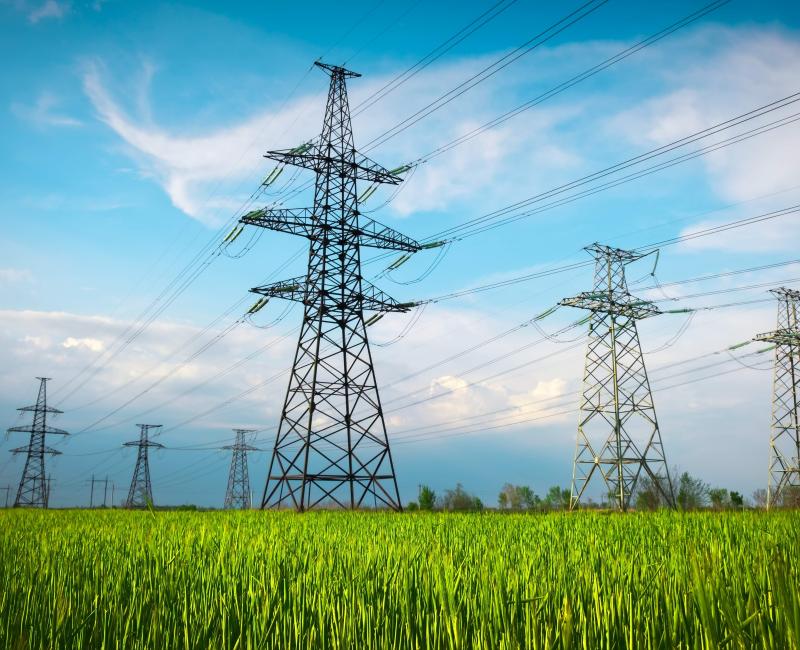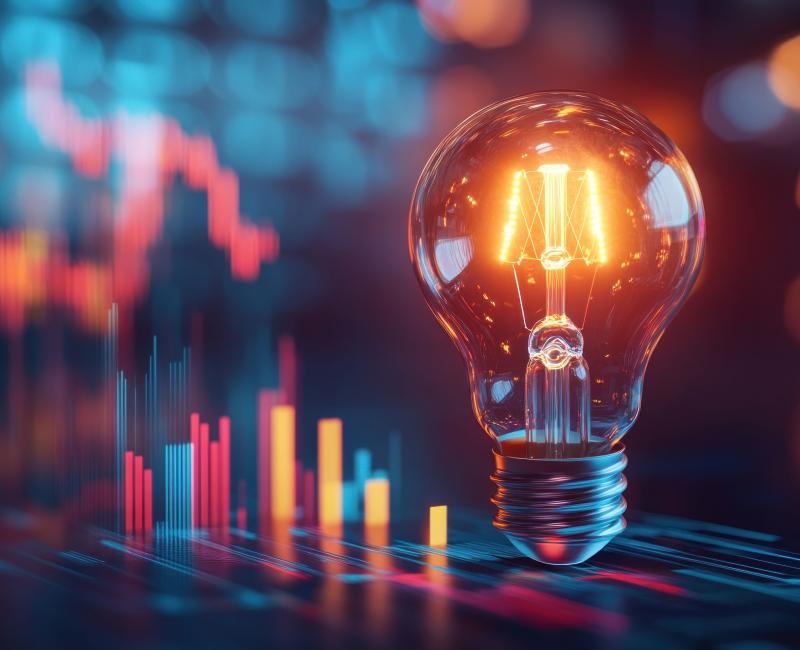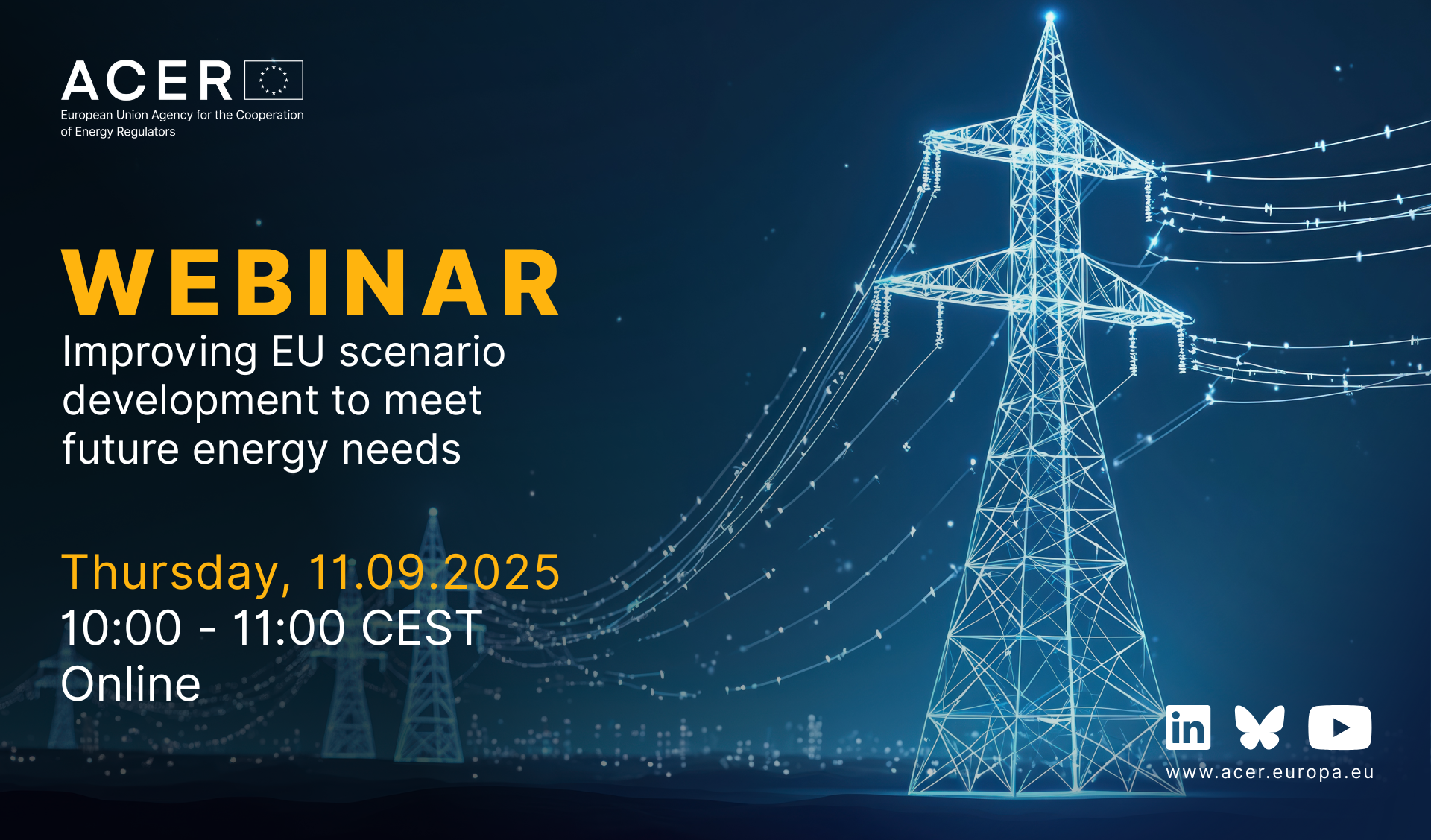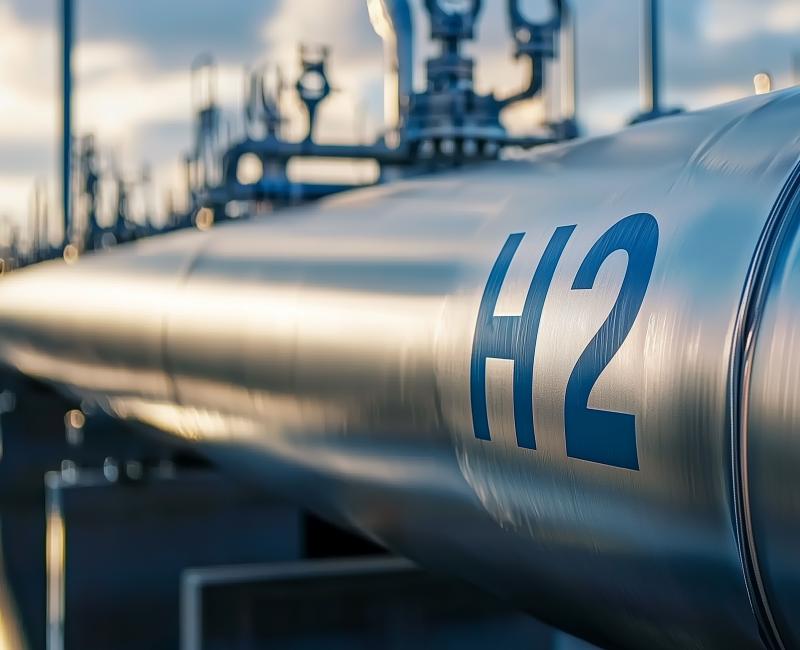For the second consecutive year, ACER has approved the European Resource Adequacy Assessment (ERAA 2024) proposed by the European Network of Transmission System Operators for Electricity (ENTSO-E). This approval confirms the ERAA as a reliable tool in assessing EU’s security of electricity supply. As its relevance grows, so does the need for continuous improvements in future editions.
What is the ERAA?
The ERAA is ENTSO-E’s annual assessment on the risks to the EU’s security of supply. It provides a 10-year outlook to help policymakers take informed and timely decisions on security of electricity supply. The next edition, ERAA 2025, will be released in November 2025.
What does ACER say about ERAA 2024?
ACER’s second approval confirms ERAA is a trusted tool for monitoring the adequacy of electricity resources (see ACER’s communication on the ERAA 2023). It highlights how shortages in one Member State can impact others and emphasises the importance of regional solidarity, showing the value of cross-border cooperation in managing scarcity.
The approved ERAA 2024 reflects ongoing efforts to ensure better alignment with the established ERAA methodology. ACER finds that this year’s edition largely meets expectations due to several improvements:
- More robust estimation of cross-zonal capacities using a flow-based calculation method, in line with current industry practice.
- A more representative selection of weather scenarios.
- Closer alignment with the National Energy and Climate Plans (NECPs) for renewable assumptions.
ACER’s suggestions for improving future editions
To ensure the ERAA evolves in line with the methodology and remains a reliable tool for policymakers, further enhancements are needed in three priority areas:
- Reduce the consistency gap between ERAA’s investment and adequacy modules.
- Improve national assumptions’ transparency by explaining the main drivers behind the estimates (especially for demand).
- In future ERAA editions, explain what has changed compared to the previous one, allowing stakeholders to follow the developments.
Without these improvements, the ERAA gradually risks falling behind. A lack of alignment between its two modules could disconnect market revenues from investment, weakening the tool’s usefulness. Increased consistency and transparency, both long advocated by ACER, are key to meeting the expectations of policymakers and the wider public. For future editions, a full assessment of the existing capacity markets is necessary to contribute to the European Commission’s ‘fast track’ initiative for streamlining the capacity mechanism approval process.
What are the next steps?
As ENTSO-E prepares its proposal for ERAA 2025 (expected by November 2025), ACER remains actively engaged with ENTSO-E, Member States, the European Commission and the Joint Research Centre to foster improvements. ACER’s ongoing efforts include:
Would you like to dive into the topic?
Use ACER’s updated dynamic dashboard to:
- Explore the data categories used in all ERAA’s editions, including those proposed for ERAA 2025.
- Compare how the estimated electricity demand varies across past editions.
- Check the estimates for power resources, such as batteries and gas-fired plants in 2030 (and beyond) for each EU Member State.

